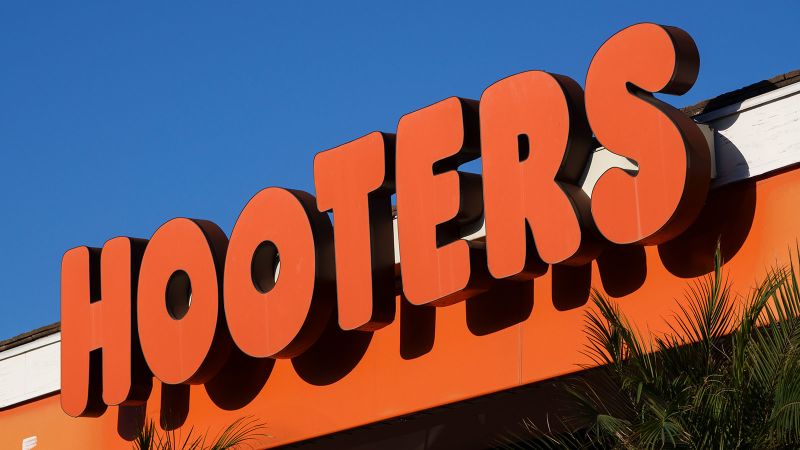Wings and Woes: Hooters Grounded by Financial Turbulence

Hooters, the iconic restaurant chain celebrated for its distinctive orange-uniformed waitstaff and mouthwatering chicken wings, has filed for Chapter 11 bankruptcy protection. Despite this financial restructuring, the company remains confident and assures its loyal customers that the brand is far from disappearing.
The announcement, made on Monday, signals a strategic move to reorganize the business while maintaining its strong market presence. Hooters has been a staple in the casual dining landscape for decades, known not just for its provocative server attire but also for its popular chicken wing offerings that have become a cultural phenomenon.
While bankruptcy might typically suggest impending closure, Hooters is positioning this as an opportunity for financial refinement and continued growth. The company appears committed to preserving its unique brand identity and continuing to serve its dedicated customer base across numerous locations.
Fans of the restaurant can rest assured that their favorite wing spot isn't going anywhere, with the brand emphasizing its resilience and long-term sustainability through this strategic financial restructuring.
